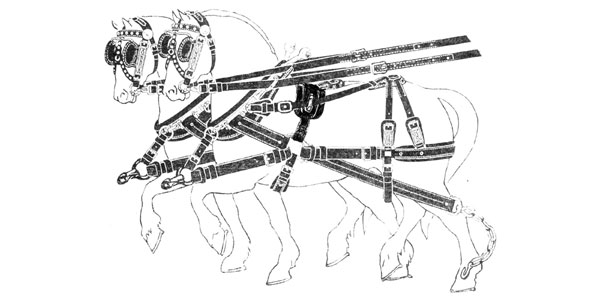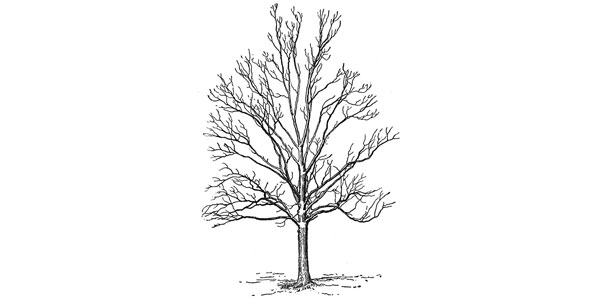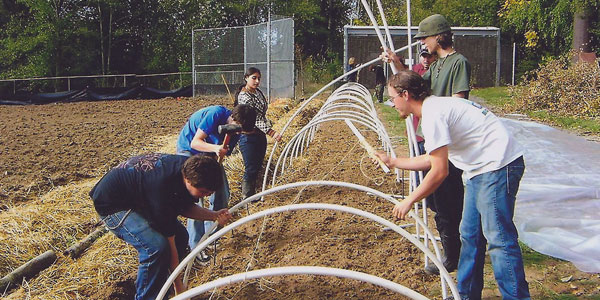
How To Cure Chicken Roup: Then and Now
We are fortunate to have in our library of antiquated agricultural books and magazines an issue of The Oregon Farmer, a magazine produced in Portland, Oregon and printed every Tuesday. Our issue is dated December 4, 1919 and includes an interesting letter to the editor we wanted to share with you.
“Hens With Colds
To the Editor: I have a flock of 200 pullets – White Leghorns. I think some of them have caught cold. They can hardly get their breath and one hen’s head swelled up till its eyes closed. I don’t know what to do for them. Could you give me some remedy? -W. A. Sargent, Clear Lake, Wash.
“Your flock of Leghorns is no doubt afflicted with colds or roup. It would be well to separate the affected one from the rest of the flock and give them treatment. A cure is difficult when the disease gets to the stage that both eyes swell shut. If it is a simple cold and it is taken in time, it is not hard to cure. It usually begins with a watery discharge from the nostrils. The nostrils may finally close up and swelling results. A simple remedy and effective as any is to inject a little coal oil up the nostrils, first cleaning them out by pressure. A few drops of the oil will be sufficient, holding the head beak upwards while dropping the oil in.
If there are white patches or canker in the mouth paint them with iodine. Another good treatment is to swab the mouth and throat with a feather dipped in a 2 or 3 per cent solution of permanganate of potash.
SFJ NOTE: Permanganate of Potash is an older name for Potassium Permanganate, a salt used as an oxidizing agent or a disinfectant. It was also known as Condy’s crystals.
“The treatment for colds and roup, however, will not be profitable unless the cause is removed. The trouble usually comes from faulty housing. Crowding the pullets too close together in a house and with roosts too close together is bad. If crowded too close together the fowls become overheated at night and are likely to catch cold. Then when crowded too much they breathe impure air and this is a predisposing cause. So that they should have plenty of fresh air, but without drafts, and plenty of roosting room. The house should be open-front as much as possible, with tight walls on the back and ends. The roosts should be 18 inches apart. This will obviate crowding and give them more pure air to breathe.”
This little piece is quite the curiosity, but sound in its advice. We wanted to share a more current remedy for roup to compare it with. Roup is caused by overcrowding or damp, drafty housing. For all intents and purposes, Roup is the chicken’s equivalent of the common cold in humans: it is spread through shared feed or water, and the symptoms include sneezing, swelling of throat and head, diarrhea, and watery discharge from eyes and nostrils (as the illness progresses the discharge changes from clear liquid to foamy white and then to a sickly yellow color).
Isolate the sick from the healthy and place the ill chickens in a warm, sunny place that can also be kept warm and dry through the night. Empty and thoroughly clean any communal feeders and water troughs/buckets in the chicken coop. Flush the throats of the infected with a small squirt of an Epsom Salt mixture (3 tsp. Epsom Salts to 1 1/2 cups of water) 2-3 times a day until the patchiness and swelling inside the throat disappears (which should take about 3 days). This will do the same job as the Potassium Permanganate (Permanganate of Potash). You can also try a charcoal slurry (1 tsp activated charcoal and 8 oz. water), but be sure to wait to give them the slurry a full hour after any other supplements, as activated charcoal might absorb any supplements or treatments. If it is available to you, give the sick hen(s) a Vitamin A supplement in their diet while they recover. Make sure they have plenty of water, as the recovery process can be dehydrating. SGM






